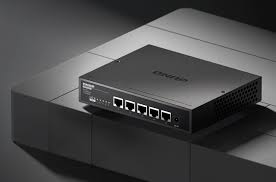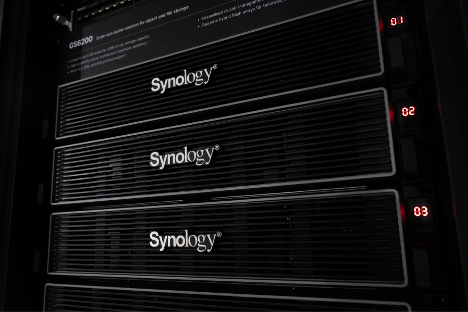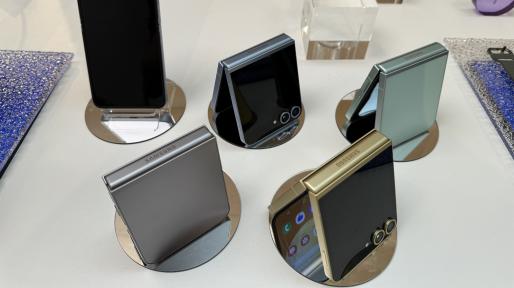Toshiba Launches 30V N-Channel Common-Drain MOSFET
Toshiba
Electronic Devices & Storage Corporation ("Toshiba") has launched “SSM10N961L,” a low on-resistance, 30V N-channel common-drain
MOSFET, suitable for devices with USB and for protecting battery packs.
Until now, Toshiba’s line-up of N-channel
common-drain MOSFETs has focused on 12V products, mainly for use in protecting
the lithium-ion battery packs of smartphones. The release of a 30V product
realizes a wider selection of applications requiring voltages higher than 12V,
such as load switching for the power lines of USB charging devices, and the
protection of lithium-ion battery packs in laptop PCs and tablets.
Realizing a bi-directional switch with a low
drain-source on-resistance (RDS(ON)) has required two MOSFETs, either 3.3×3.3mm
or 2×2 mm, with low RDS(ON).
Toshiba’s new product uses a new, small, thin package TCSPAG-341501 (3.37mm×1.47mm
(typ.), t=0.11mm (typ.)), and features low source-source on-resistance (RSS(ON)) of
9.9mΩ (typ.) in a single package common-drain configuration
USB Power Delivery (USB PD) that supports a
power supply ranging 15W (5V / 3A) to a maximum of 240W (48V / 5A) was
developed for devices requiring high power supply. USB PD specifies a role swap
function for swapping the power supply and receiving side, and requires devices
with USB charging to support bi-directional power supply, so that both sides
can supply and receive power. The new product is an N-channel common-drain
MOSFET that supports bi-directional power supply, and that has a small mounting
area.
Combining the product with a driver IC in Toshiba’s TCK42xG
series forms a load switching circuit with a backflow
prevention function or a power multiplexer circuit that can switch operations
between Make-Before-Break (MBB) and Break-Before-Make (BBM). Toshiba has today
released a reference
design for a power multiplexer circuit (using common-drain MOSFETs) based
on this product combination. Use of the reference design will help to reduce
product design and development times.


































Leave A Comment